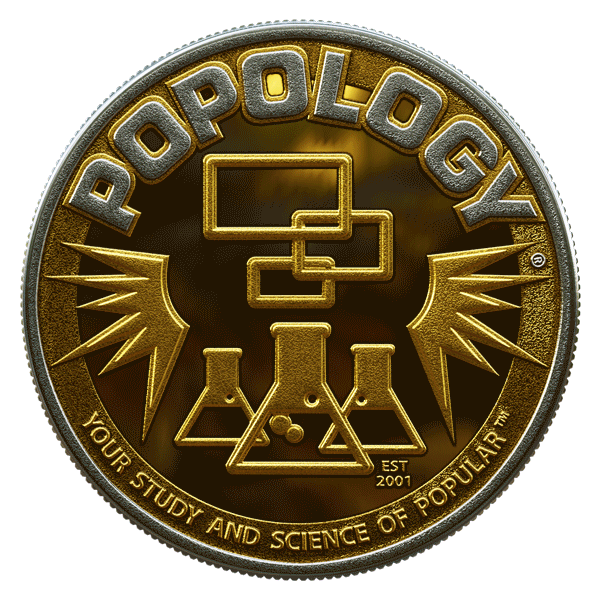iPaintCreatures: The Journey of IPC - From Samurai Heritage to Epic Storytelling and Artistic Revolution"
- The Gooch

- Dec 7, 2024
- 4 min read
Updated: Apr 10
Early Life
iPaintCreatures (IPC) was born on September 2, 1966, in Tokyo, Japan, to a Japanese American family rooted in Northern California whose grandparents were immigrants from an ancient samurai class of Japan. He was born an American citizen in Japan because his father traveled to Japan while his mother was pregnant to study with the great Aikido founder, O-Sensei Morihei Ueshiba,
before his illness in the mid-1960s led to his death in 1969.

His childhood was heavily influenced by the trauma his parents and grandparents endured during the Japanese Internment Camps after the attack on Pearl Harbor on December 7, 1941, which shaped his sensitivity to loss and fear. A child prodigy violinist and gifted writer, illustrator, and painter, he was diagnosed with an unknown tumor on his left arm at age 11 and was told he probably wouldn’t live past 14 years of age after losing his father at age 10 to stomach cancer. After mysteriously and magically having the tumor removed, which sustained his life, he became a young boy running the streets of the San Francisco Bay Area, finding solace in writing, drawing, and painting.

IPC’s teenage years were spent being expelled from several different middle and high schools before eventually enrolling in ILS (The Independent Learning School in Milbrae, California). This school focused on self-directed learning, hands-on experiences, and fostering independence in children. He excelled in this format, graduated high school a year early, and spent the next year running the streets and discovering the rich artistic culture of music, visual arts, and poetry in San Francisco and Berkeley. After some street-influenced mishaps and trouble, IPC moved 4 hours north to the northernmost end of the Sacramento Valley to the rural college town of Chico, California.

Immersing himself in the rich artistic community and high-tech film culture of California State University Chico, IPC decided to become an illustrator after being inspired and employed by a current roommate who had worked at Apple Computers and ran a small graphic and informational design company. He began his career in the late 1980s, working on advertising illustrations and local music scenes, and began writing his own poetic folk stories, developing his signature style.

In the late 1990s and the beginning of the new millennium, IPC began writing and developing characters for his own epic story called Matsu and teaching art and poetry to disfranchised and disadvantaged youth. He then got recruited by Lucasfilm Ltd. to work directly with George Lucas and some educational visionary prototypes and the beginnings of GLEF (The George Lucas Educational Foundation).

By working at Skywalker Ranch, IPC began tapping into his lost Japanese heritage and discovered his grandmother (Obachan) from his mother’s side was a Shigin poet of the royal court of Japan and one of the last living oral Yokai creature storytellers still alive with a direct lineage to the folktale poets of Japan. His story Matsu started to really take shape as he began detailing the narrative inspired by stories like Star Wars, Lord of the Rings, Tales of the Genji, and poetic epics like the Odyssey and the Iliad.

Since a lot of his childhood was removed from most popular media because he ran the streets, IPC discovered classics like Where the Wild Things Are, Dr. Seuss, Shel Silverstein, and classic comics by artists like Charles Schulz, Bill Watterson, and Matt Groening, and the puppetry work of Jim Henson. He was also influenced by illustrators like Brian Froud, Shigeru Mizuki, Arthur Rackham, and Gerald Scarfe; independent animators like Ralph Bakshi, Bill Plympton, Chuck Jones, and Don Hertzfeldt; and sci-fi and fantasy writers like Gene Roddenberry, Neil Gaiman, and Hayao Miyazaki.
After departing from Lucasfilm, IPC began working in the multimedia industry, becoming an animator, puppeteer, and filmmaker. As he started to employ two key concepts to his epic story Matsu: multi-platform storytelling and interactive film. Employing the deep themes of a warless world, self-development and discovery, the root source of the imagination, and spiritual and mental mindset growth, written to resonate with both children and adults.

IPC began delving into illustrating and writing picture books all in the context of his epic story Matsu. Employing the wide array of over 4000 characters he had developed for the story of Matsu. Working in audio-based theater environments and starting to animate and puppeteer the story of Matsu into being.
Currently, IPC is producing the story of Matsu across multiple platforms, including internet television, puppetry shows, books, comics, and animated shorts and features.

Artistic Contributions and Living Footprint
IPC’s works challenged the notion of what children’s books, literature, and entertainment should be. He embraces the use of the ancient art of poetry and the use of Hip Hop culture in raps and flows to tell the story of Matsu. With themes of self-development, rebellion, individuality, universal oneness, and warless existence, all with immense emotional depth and metaphoric metaphysical notions, he gives children and adults the respect to evolve with their individual universal selves. His rich, colorful illustrations, often whimsical and fantastical, are a hallmark of his poetic storytelling, which he calls a painted poetic symphony.



Continuing Legacy
IPC’s contributions to literature, art, poetry, puppetry, and culture remain deeply profound and widely prolific. Matsu and his works will continue to inspire readers, artists, and human beings of all ages, celebrating the beauty and power of imagination and beyond.










Comments